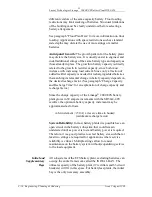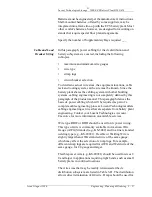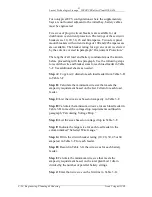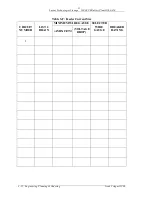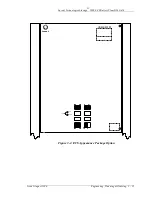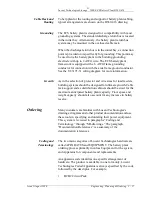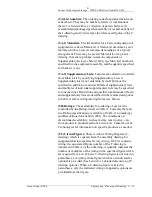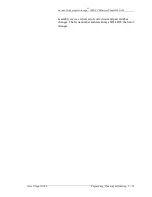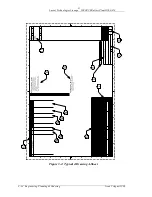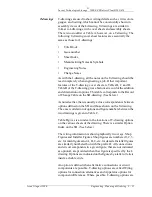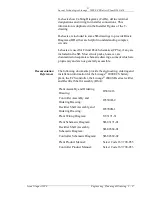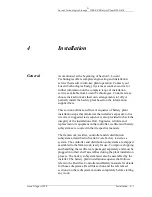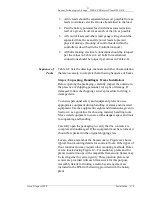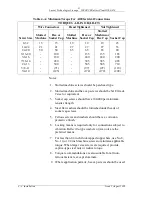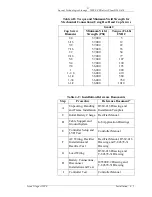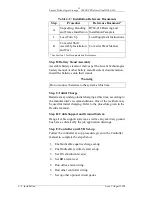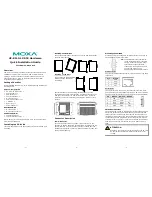
Lucent Technologies Lineage
®
2000 ECS Battery Plant H569-416
3 - 28 Engineering, Planning & Ordering
Issue 2 August 1996
•
364A Power Unit
•
113B Control Unit
The vintage or version of coded apparatus is controlled by a
SERIES NUMBER. The series number may be appended to the
apparatus code for a complete description of the product, but is
not necessary because only the latest vintage is orderable at any
given time. Apparatus-coded components for a battery plant are,
typically, replacement parts and spares. (See Section 6, “Spare
Parts.”)
Equipment-coded hardware is available in different
configurations with combinations of optional features. The total
number of combinations and permutations of the optional
features on a given product may be in the hundreds or thousands.
For this reason, a unique code is NOT assigned to each
combination of options. Instead, a MAIN CODE is specified,
which is followed by a list of identifiably separate options with
the quantities for each option.
The main code number falls into one of three categories:
•
J-code
•
ED-code
•
H-code
J-codes take the form JxxxxxA-y and are used to specify main
assemblies, stand-alone products, and units that may have
multiple applications.
ED-coding, of the form ED-xxxxx-yy, identifies subassemblies
that are components of main equipment assemblies. For
example, an ED-coded distribution panel assembly may be a
component of a J-coded battery plant.
H-coding takes the form H-xxx-xxx and is used for a variety of
special applications such as field installation kits, pre-assembled
cables or custom configurations of options for a J-coded product.
The xxxxx part of an equipment code is called the BASE
NUMBER. The y or yy, called the DASH NUMBER, is used to
identify the vintage of the base number or to indicate a close
relationship with products with the same base number.



